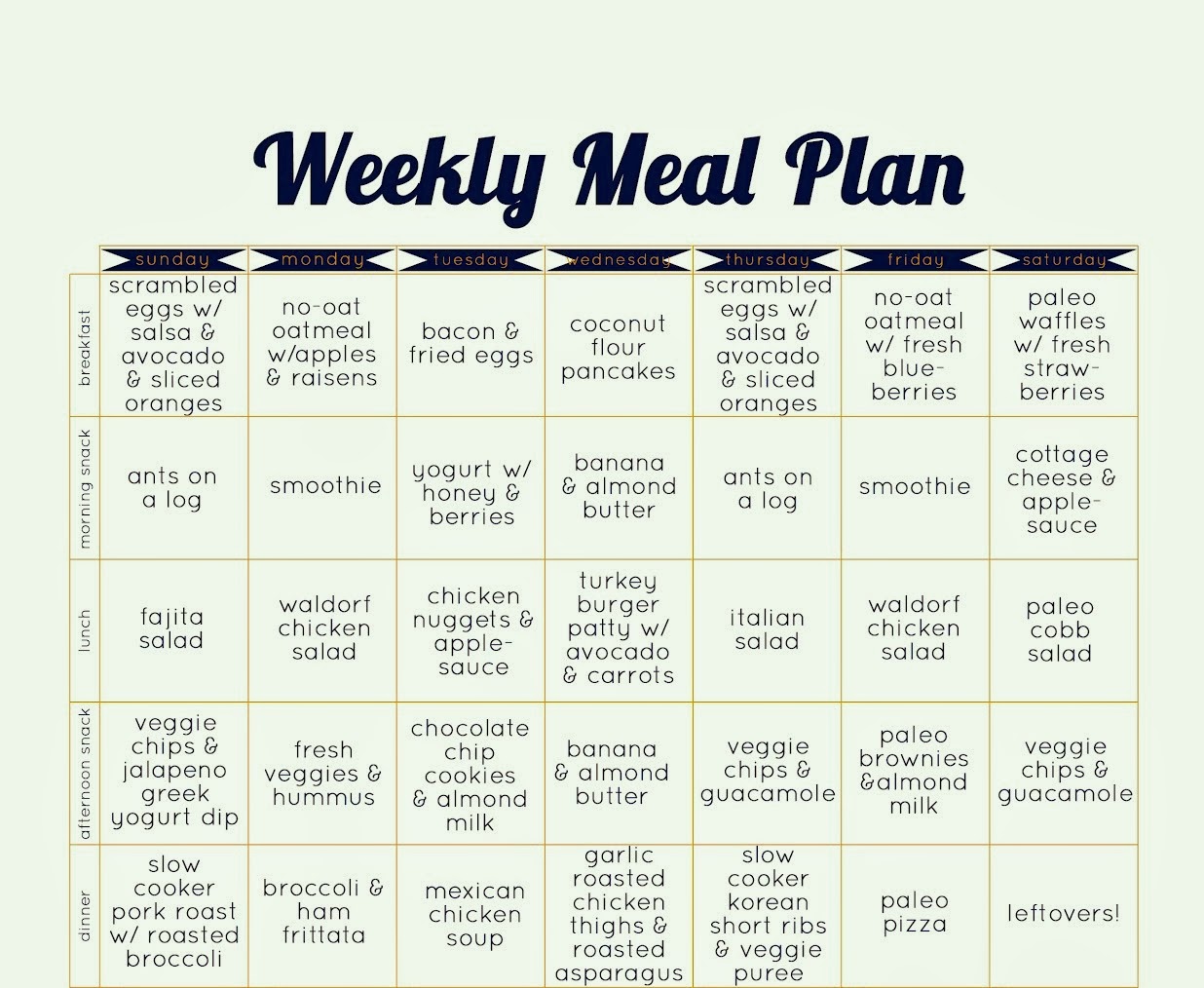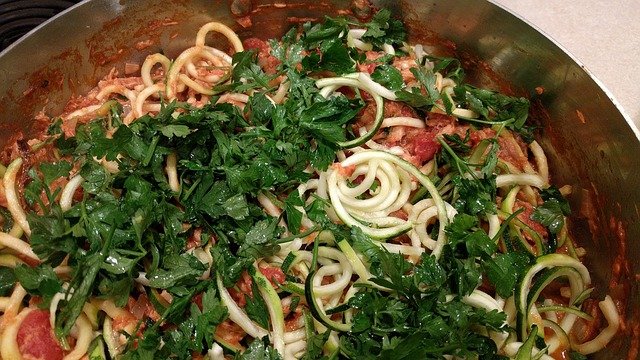
You're probably wondering, "Who created the Paleo diet?" Well, the answer is Dr. Loren Cordain, an American scientist who specializes in exercise physiology and nutrition. Among other things, he is one of the most prominent advocates of the Paleo diet. Which one of these men should we believe? Or is this just another legend? Read on to discover the truth about this fascinating diet!
Dr. Loren Cordain
The Paleo diet is a controversial lifestyle plan that advocates eating foods our hunter-gatherer ancestors ate millions of years ago. The Paleo diet is based upon research into the Stone Age diet. This diet is low in sodium but high in potassium. Many modern diseases are linked to high salt intake, which is not found in the Stone Age diet. Dr. Cordain suggests that we should eat like our caveman ancestors to avoid many diseases.
Cordain is an authority on nutrition and human development. He has published many scientific articles. His research has been featured in numerous media outlets including Dateline NBC, The New York Times and on the front page. He has written three books on the subject as well as a newsletter. For more information about the Paleo diet, check out the resources below.
The Paleo Diet has three levels: advanced, intermediate, or basic. The lowest level allows for fewer "open meals" and allows for more foods that we are not allowed to eat. You can eat legumes and other seeds but only in moderation. The highest level allows you to eat 20 meals and 20 snacks per week. This diet is recommended for life if you wish to live long and prosper.

It is based in the assumption that high-protein diets of hunter/gatherers are indicative of a high intake. Cordain points out research supporting his theory, using an ethnographic analysis of 229 hunter–gatherer society. According to his research, 73% ate animal foods while only 14% ate plant food. Cordain's findings were refuted by Katherine Milton in Am. J. Clin. Nutr. 71:665-667.
While this hypothesis may seem like a good one, there are powerful counterarguments to Dr. Cordain's claims. Cordain asserts that a low-fat diet can increase the risk of developing cancer. However, evidence does not support this claim. The diet's advantages are much greater than its disadvantages. Cordain's study, however, does not prove that the diet is perfect.
Walter Voegtlin
The Paleolithic diet is a way of eating that has been around for 35 years, if not longer. Walter Voegtlin a gastroenterologist, created the Stone Age Diet. The diet was developed after studying man's ecology and dietary habits. He found that the diet was helpful for people with common digestive problems. There are many health benefits to the diet, including improved brain function as well as a lower chance of developing colon cancer.
Voegtlin believed that humans evolved to be carnivores and therefore the diet should be the same. Voegtlin believed people were genetically related to dogs and sheep and that they should eat a carnivorous lifestyle. Modern data is mixed but generally positive, according to diet advocates. They should also remember that humans today have not changed as much as the animals did ten thousands of years ago to the paleo diet.
Walter Voegtlin's book, "The Real Diet of Man", demonstrates the effectiveness of the diet by examining the chemical structure of food. This book also features low glycemic food, high fiber and balanced essential oil acids. It focuses on the foods that allow the body to function at its best. Ted Slanker and Walter Voegtlin have been writing about the foundations of nutrition research since 1995. Furthermore, they simplify complex studies to reveal the most important nutrients for human wellbeing.

Some food groups are off limits on the Paleo diet, including processed foods, sugar, salt, and grains. Certain animals cannot be adapted to the Paleo diet because they are grain-fed. Also, modern fruits are very different to those of paleolithic times. In fact, some Paleo diet enthusiasts cite studies that have only a small number of subjects and are not long-term. These studies do NOT support the Paleo way of eating.
The Paleolithic diet relies on animal protein so it is important to study the diets of animals. Modern humans are influenced by Paleolithic vegetarian diets, even though they were not entirely vegetarian. Many of these researchers believe that animal diets weren't entirely vegetarian or vegan. Although eating more fat and meat may reduce cholesterol, it can also improve cardiovascular fitness.
FAQ
How Long Does It Take to Be a Chef? What's the average career path for a chef?
It takes five years to become a chef. This time you'll learn the basics of cooking and work as a cook assistant. Once you have completed your training, you may apply for executive, sous, and line chef positions. The annual average salary of a chef is $25,000-$60,000.
How do you choose the right career path to become a chef? How do I begin my career as chef?
Apprenticeships are a great way to get started if you want to become a chef. Apprenticeships give you the opportunity to work for many years without having to pay tuition fees. After your apprenticeship is completed, you can apply to be a sous chef. Sous chefs oversee cooks and help them make salads and desserts. They oversee all aspects of the restaurant's operation.
How can I cook like a professional?
Cooking can be a great way for you to grow as a person. You can increase your self-confidence by learning how to cook healthy foods for yourself and others. Learn how to cook healthy food at home. The first step is to find out what kind of recipes you like. Read books about various foods such as Chinese, Mexican, and Italian. Finally, you can practice cooking different dishes until your skills are perfect.
Statistics
- In the United States, the category is estimated at $23.2 billion annually and is growing faster than the market. (washingtonpost.com)
- According to the BLS, chefs earn $58,740 a year. (learnhowtobecome.org)
- You'll be amazed that over 90% of CIA students receive scholarships and grants to finish their culinary studies. (ischoolconnect.com)
External Links
How To
How to cook a Steak
The thickness and cooking method of any kind of meat will affect the way it is cooked. Thicker steaks can be cooked on a low heat. Thicker steaks need to be cooked at higher temperatures.
They will lose their flavor if they are overcooked. And remember always to remove the steak from the pan when it's done - this way, you won't burn yourself.
The size and desired doneness of the steak will affect the cooking time. Here are some general guidelines:
Medium Rare: Cook till medium rare. This is when the internal temperature of the food reaches 145°F (63°C). This will take between 3 to 5 minutes per side.
Medium: Cook until medium, which means the internal temp reaches 160degF (71degC). This takes approximately 6 minutes per side.
When done well, cook until the internal temperatures reach 180°F (82°C). This takes between 8 and 12 minutes per side.